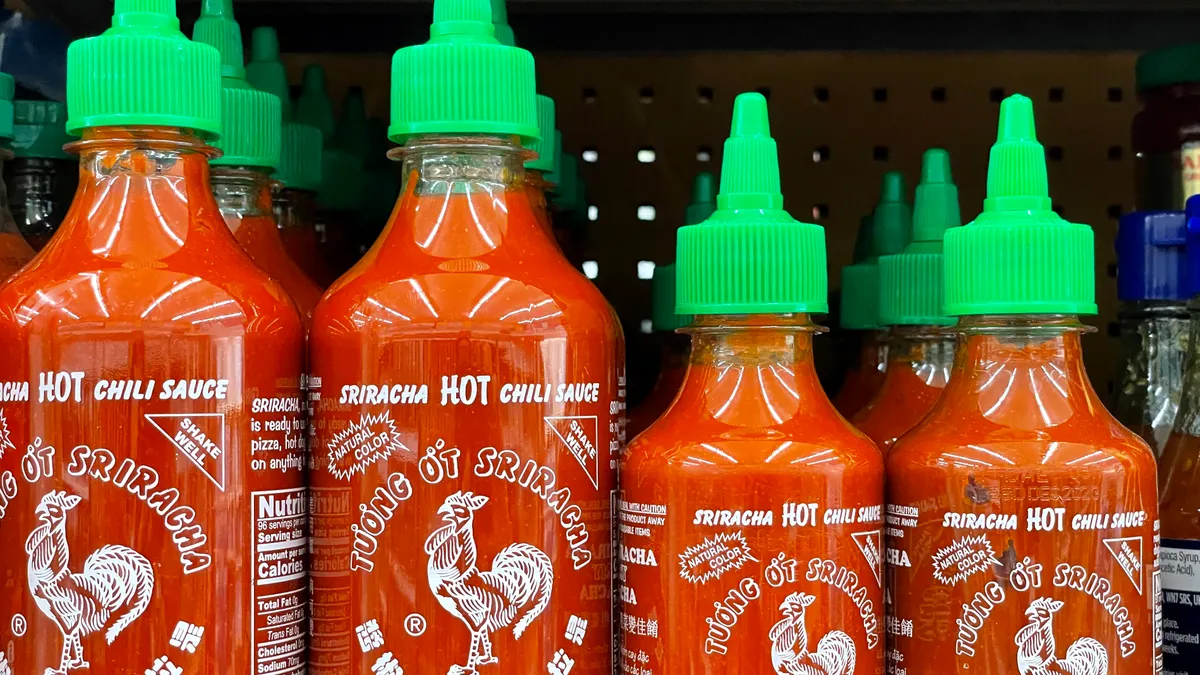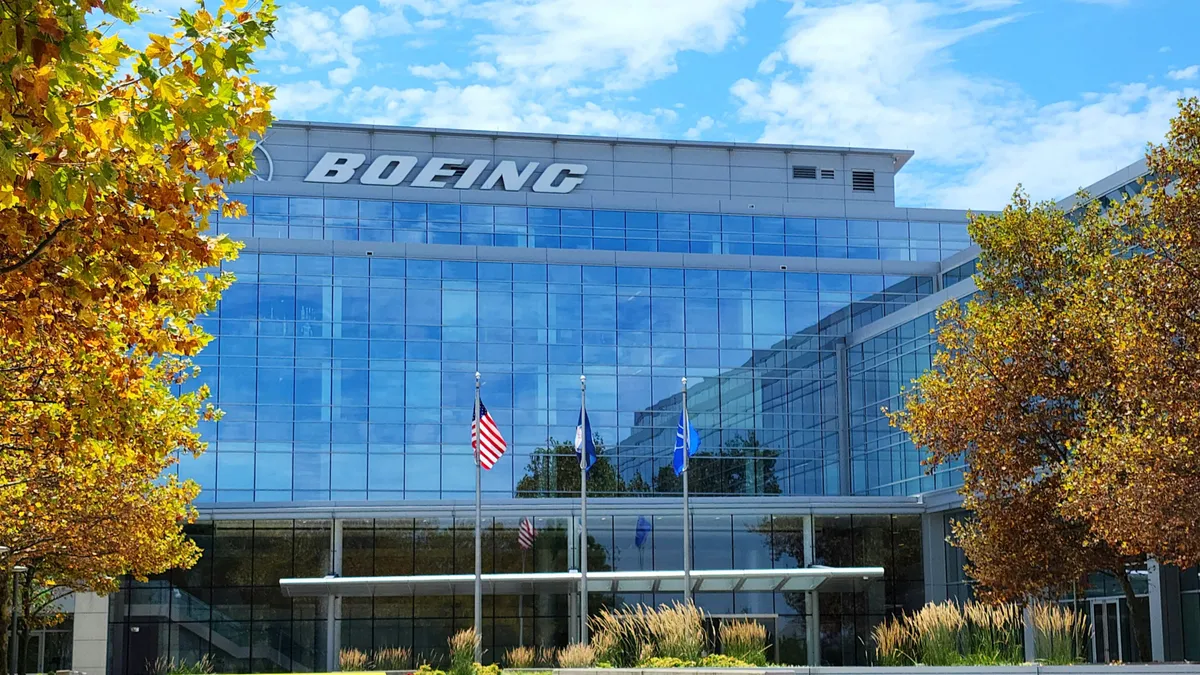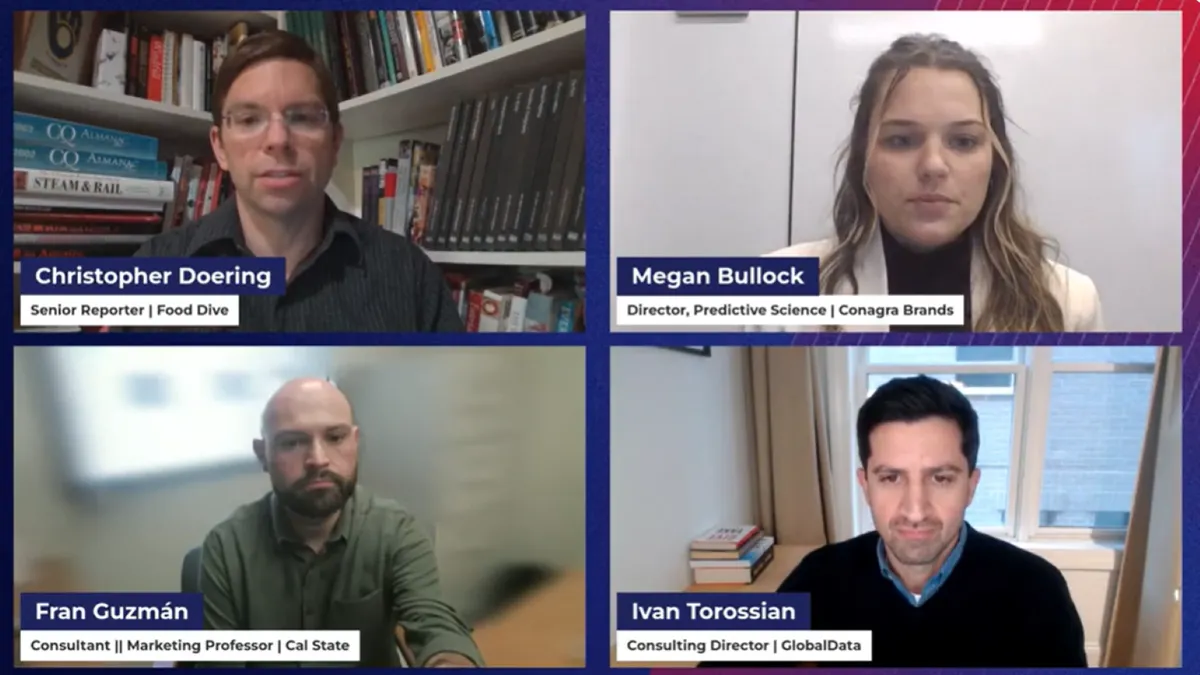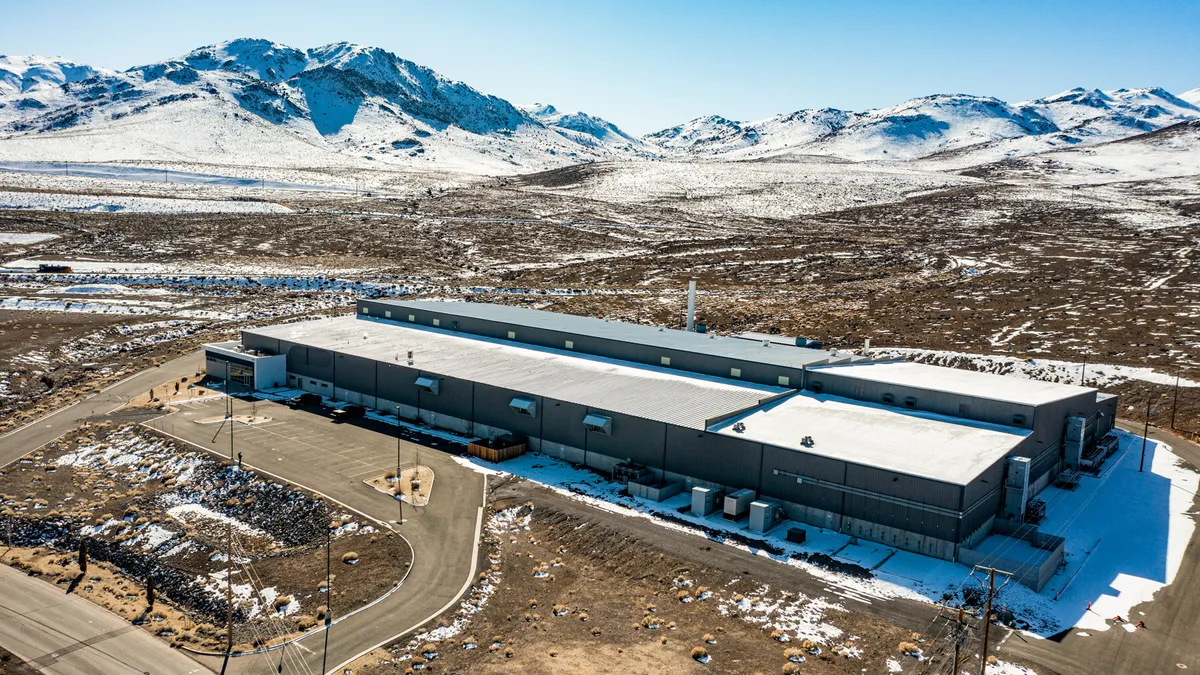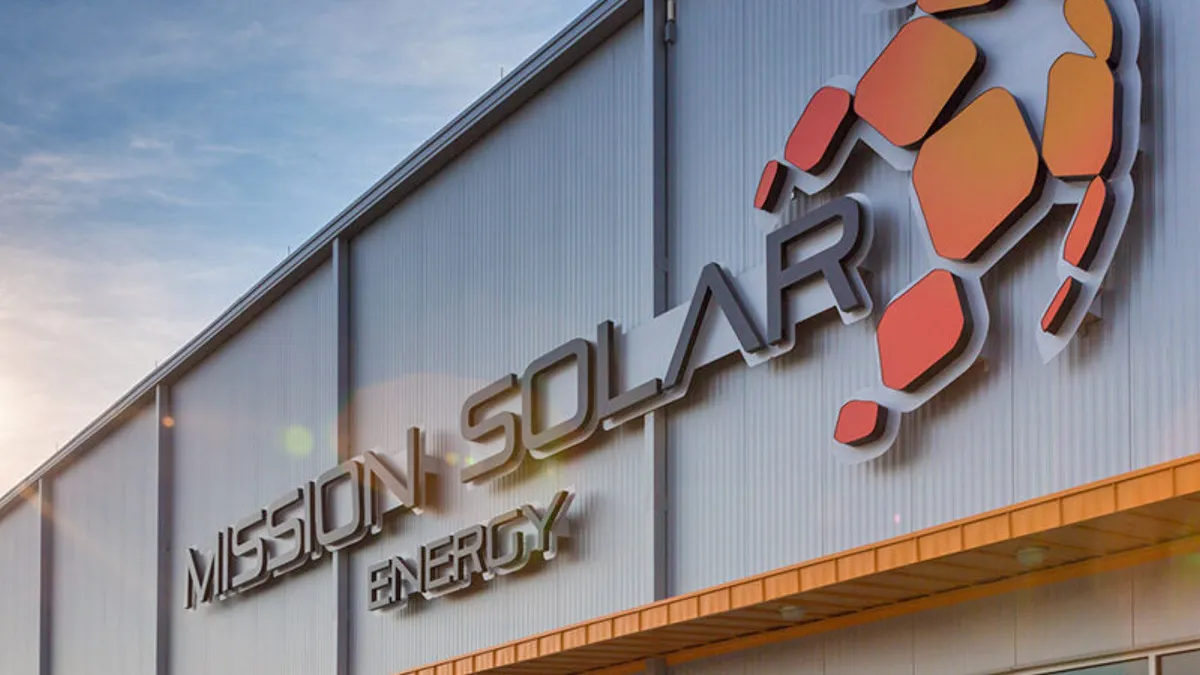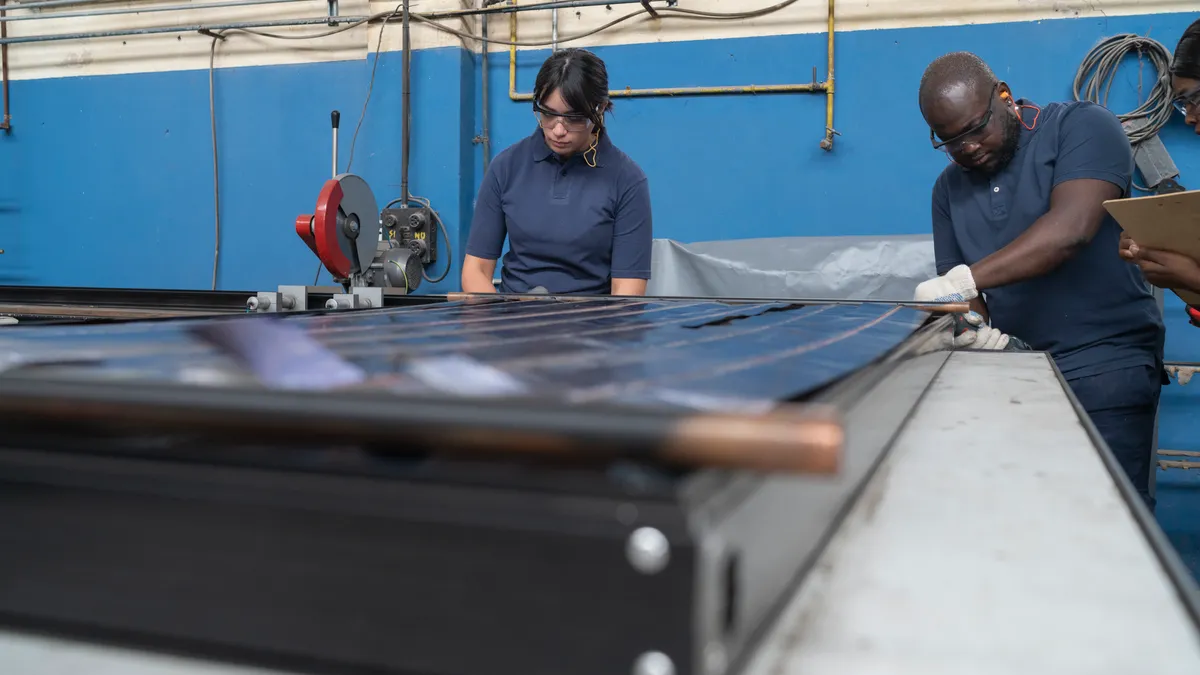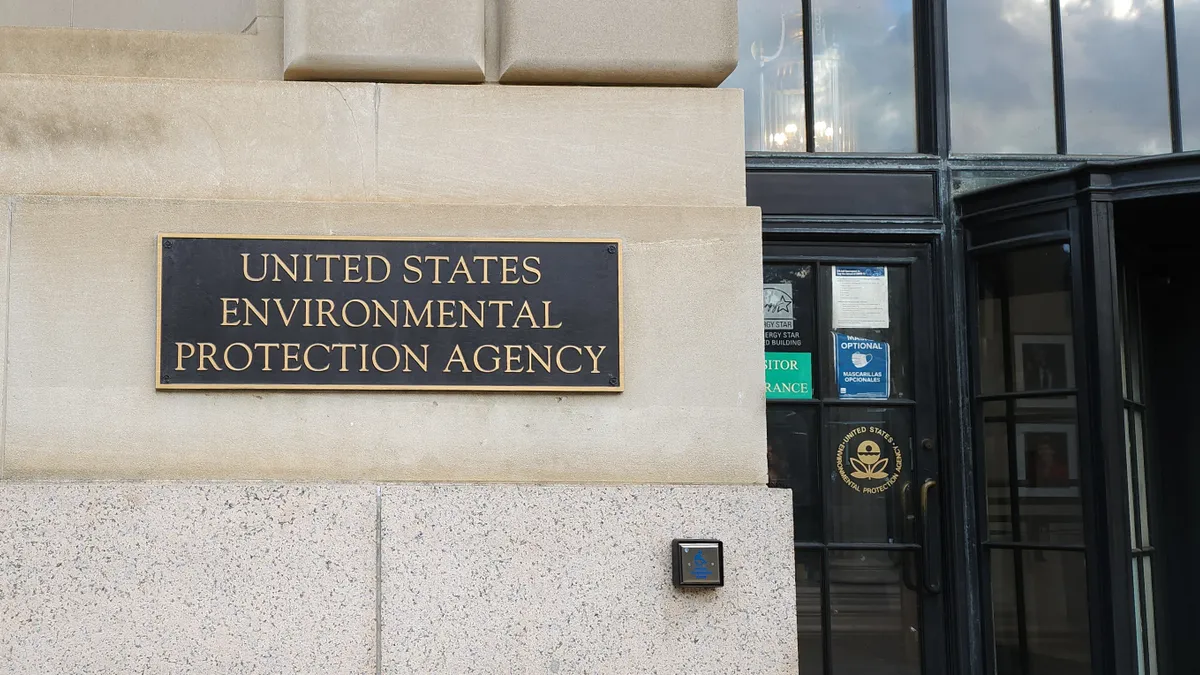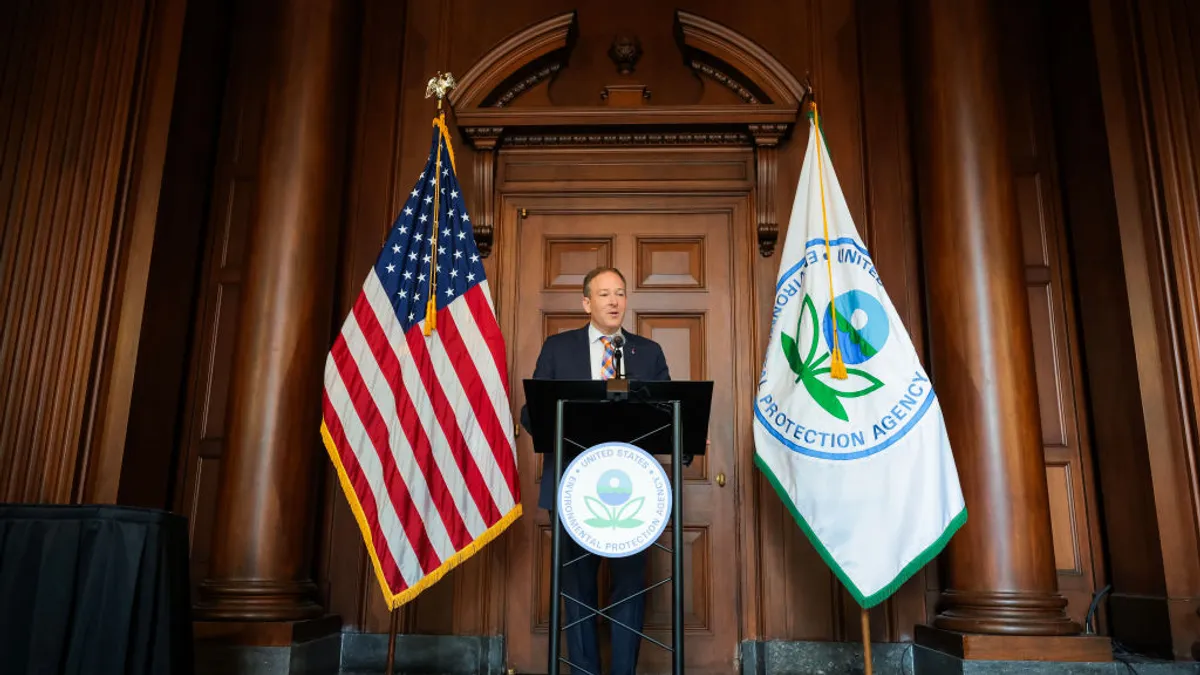Editor's Note: This story is the first installment in "Manufacturing and Climate Change," an in-depth series exploring the impacts of climate change on the manufacturing industry and the risks it poses to global production. Have a manufacturing story you want told? Email us at [email protected].
Flooding, hurricanes, record temperatures. Disruption from extreme weather is increasing as the world warms.
In last year's landmark report from the International Panel on Climate Change, researchers found that over the next 20 years, global temperatures are projected to rise 1.5 degrees Celsius (2.7 degrees Fahrenheit). Such a rise will mean longer, hotter seasons, unprecedented sea level rise in coastal areas and more intense flooding, among other effects.
Like many industries, manufacturing is contending with this new reality. It's warping the way factories operate, how employees work and where companies plan long-term investments.
Extreme heat threatens productivity, worker safety
One of the primary threats facing manufacturers is the impact of extreme heat on productivity. As more workers become exposed to rising temperatures, the amount of work they can accomplish under such conditions is projected to drop, while threats to health go up.
The issue is tracked by the United Nations' Human Climate Horizons Project, published in partnership by the UN Development Programme and the Climate Impact Lab. The report projects how rising temperatures in the coming decades will impact productivity among workers around the world.
One conclusion: Without intervention on global emissions, the average worker in the U.S. could lose 0.4 hours of productivity in annual hours worked between 2040 and 2059.
The number may not seem dramatic on an individual scale, but it's a significant impact when multiplied across millions of people, said Hannah Hess, an associate director with Rhodium Group’s Energy & Climate practice and the Climate Impact Lab.
"Think of how your workforce responds when it's super hot outside. Here's how those days are going to multiply over the course of the century, Hess said. "And here's how that is also projected to have a larger and larger effect over time on your workforce."
The effects will extend across the globe, with some countries more affected than others. In India, if emissions are not cut by midcentury, the country is projected to experience 118 days a year over 35 degrees Celsius (95 degrees Fahrenheit). Such a rise would send hours worked plummeting by 19.6 hours each year as workers are exposed to extreme heat.
"What these results point to is that maybe there's a need in some places to think about investing in protected things like air conditioning or more breaks, water stations, as the world warms," Hess said.
Rising waters could submerge global manufacturers
While extreme heat is a major emerging manufacturing risk as a result of climate change, it's not the only one. Increased exposure to flooding in facilities is another threat that manufacturers around the globe are increasingly facing.
Flooding threatens huge swaths of the U.S. In June, an Abbott Laboratories factory, which was made infamous by its contamination of baby formula, was forced to pause production for weeks due to flooding in the facility following a storm.
The issue is also impacting major manufacturing hubs in low-lying regions. In a study from Cornell University and the International Labour Organization, researchers found that contract manufacturers and suppliers in Southeast Asia are susceptible to extreme flooding and eventual submersion if their sites aren't moved to higher ground.
"I would want a manufacturer to know that the effects of climate change are going to be much wider. Adapting is really important."

Hannah Hess
Associate Director, Rhodium Group Energy & Climate practice and Climate Impact Lab
The situation will be particularly dire for these companies, as many lack the same resources and infrastructure enjoyed by their multinational customers.
"For buyers, the relative lack of attention to sea level impacts on suppliers and their workers underlines the nature of the relationships; buyers with very few exceptions do not own factories and risks such as catastrophic flooding belong to their suppliers," researchers wrote in the report.
Research like the International Labour Organization's and the Horizon Project's can help guide federal policies around issues such as worker safety standards for extreme conditions, Hess said.
"I would want a manufacturer to know that the effects of climate change are going to be much wider. Adapting is really important," Hess said. "But the fact that this is likely a conservative underestimate about the effects of climate change on the workforce just points to the importance of that flip side of the coin, which is mitigating and doing your part to reduce emissions."
Experts say the time to start tackling the risk is now
Threats from climate change are felt around the globe and from every variety of manufacturers.
The ubiquity of the risk is part of why experts say managing it will be a critical factor for companies' future planning strategies. It will impact both how they manage risk and their emissions, two issues that are inextricably tied together, said Thomas Kurfess, professor and HUSCO/Ramirez distinguished chair at Georgia Tech's George W. Woodruff School of Mechanical Engineering.
The higher the global emissions, the more severe the disruption.
"I see two directions here. One is we are seeing more and more companies being more concerned about the environment in general," Kurfess said. "The other thing is from an economic perspective, floods and so forth, these things generate a lot of risk. So how do you deal with all the different risks involved?"





